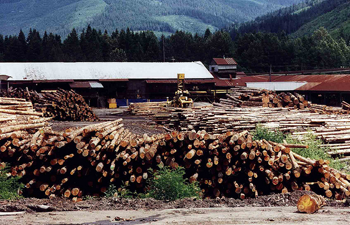Logging
Forestry Workforce Location- and Wearable-based Activity Recognition to Quantify on-the Job Digital Health and Safety Metrics
Logging is among the most dangerous professions in the United States. Manual felling of timber with chainsaws and setting of cable log chokers accounted for 47% of injuries in Idaho between 2011-2014. Building on a recent PNASH pilot project, a library of wearable- and location-based human activity recognition (HAR) models will be developed and coded into a smartwatch app prototype to enhance the safety and efficiency of forestry work in Idaho, Oregon, and Washington through increased situational awareness (SA) among workers on remote cable logging operations.
Health and Safety Solutions in Agriculture
New Online, On-Demand Courses
Safety Training & Tools for Managers & Health Educators
Offering information and tools to help agricultural safety managers and educators build and expand workplace safety training and programs. Each online course features practical resources, ready-to-use toolkits, and lessons learned developed by researchers and agricultural partners.
Determinants of Stress, Fatigue, and Injury Risk for Loggers and Log Truck Drivers
Loggers and log truck drivers are at high risk for fatigue and stress, due to long working hours and high job demands. Few studies have characterized the determinants of fatigue, risks, and solutions for this vital workforce.
Project Overview
Logging

The forestry sector is among the top ten manufacturing employers in the US, and yet logging work is among the three most dangerous.
Forestry Safety Resources & Organizations
Recommended Safety Resources & Organizations
Also there are state-specific governmental and membership-based contract logging programs who
offer excellent training, insurance information, and support.
